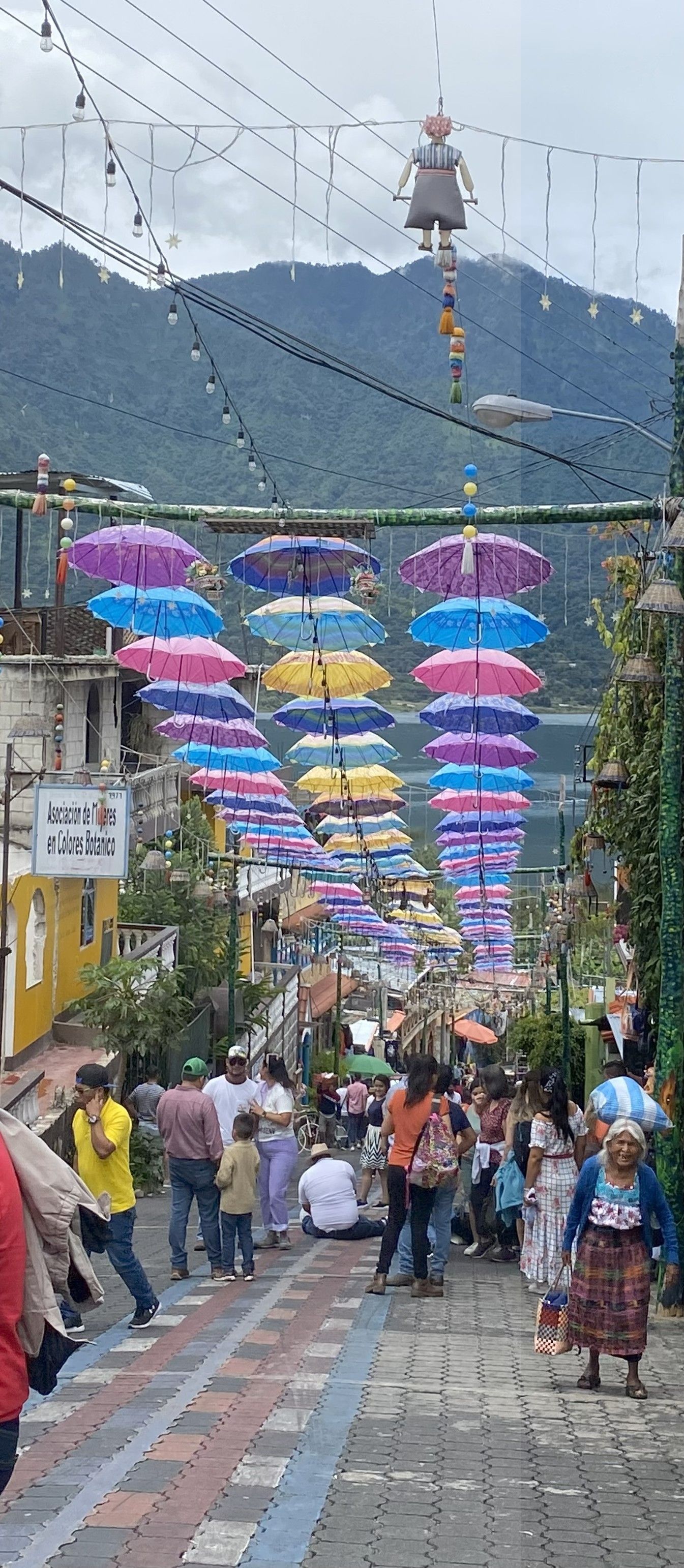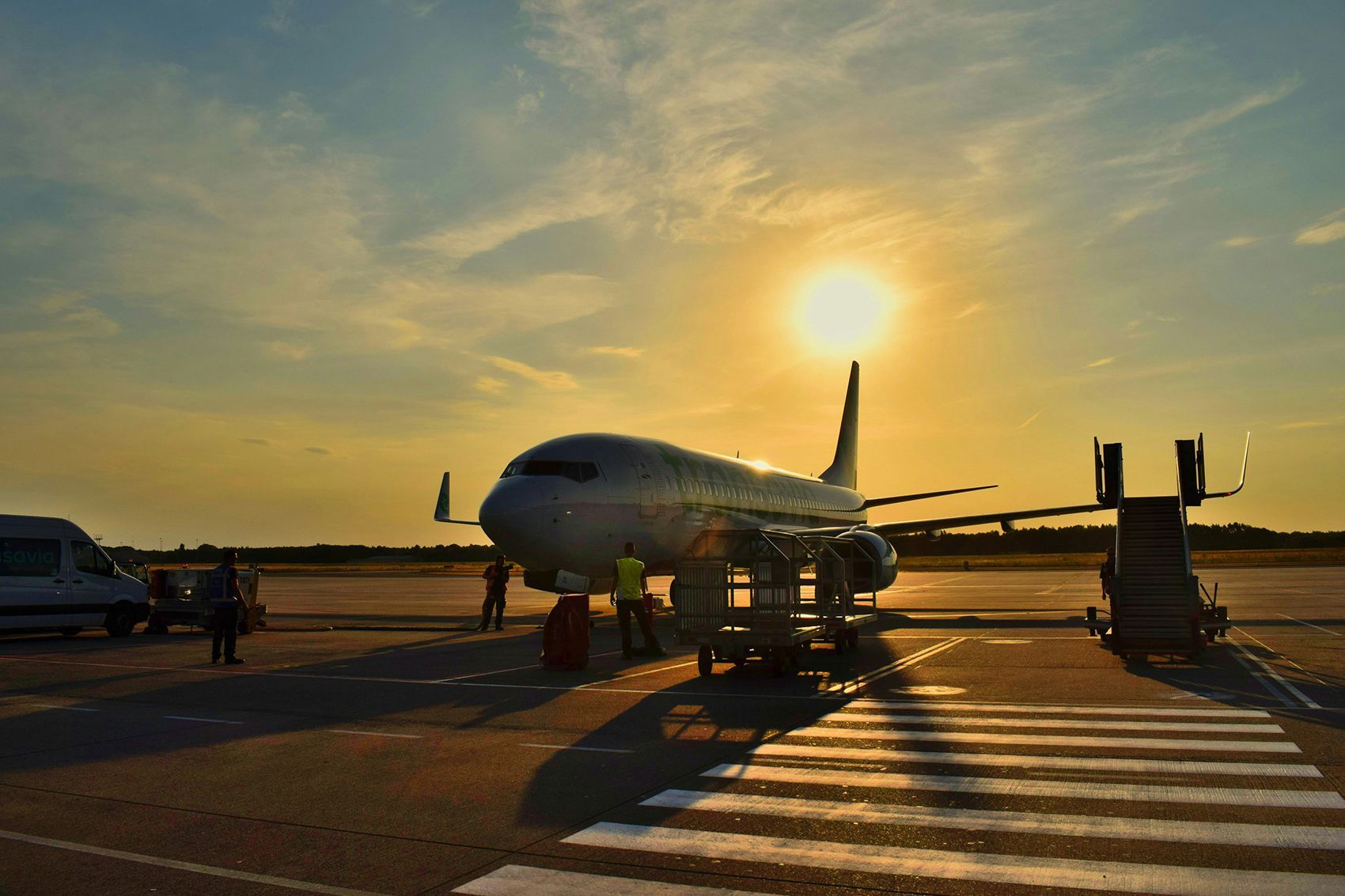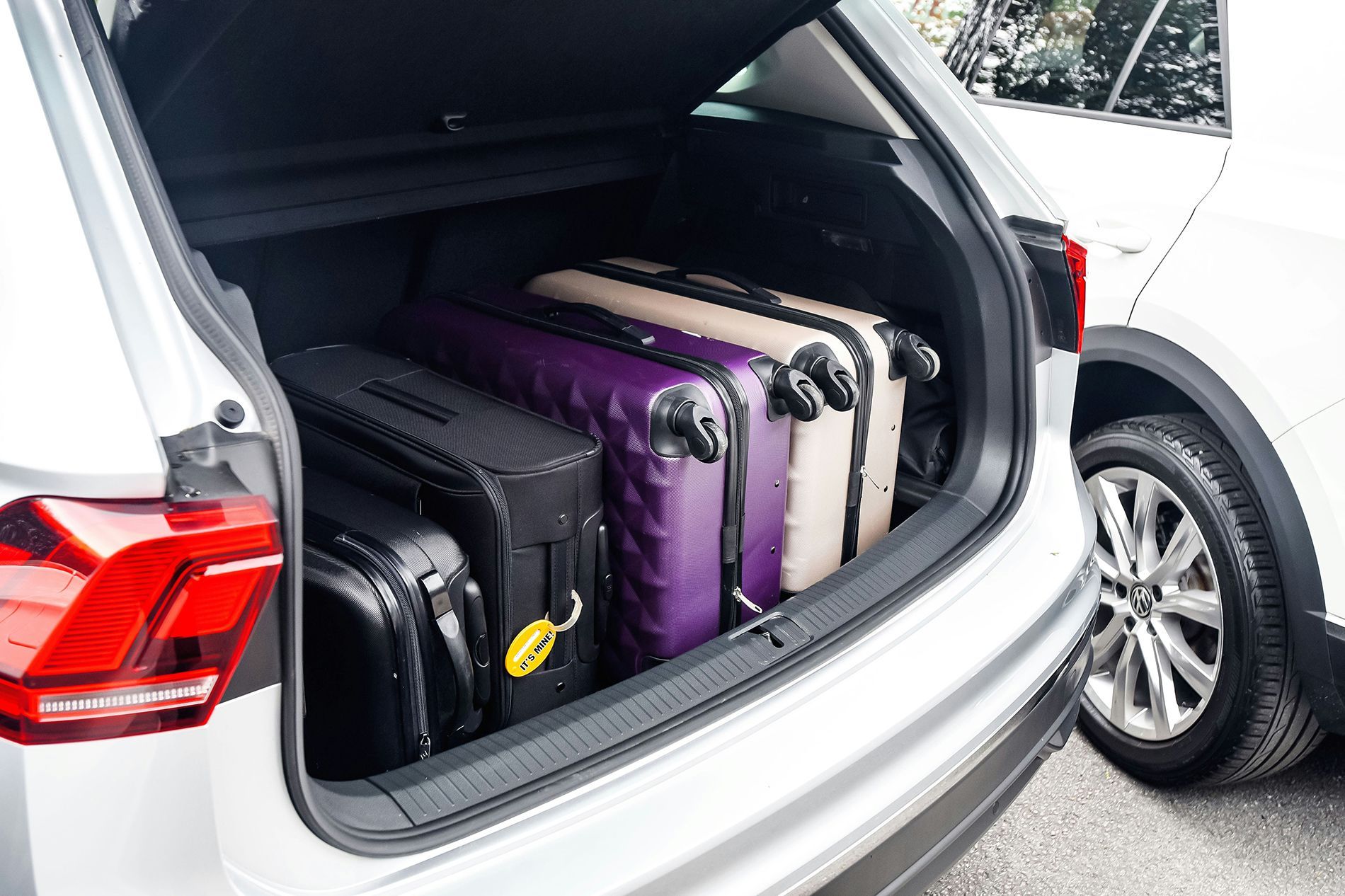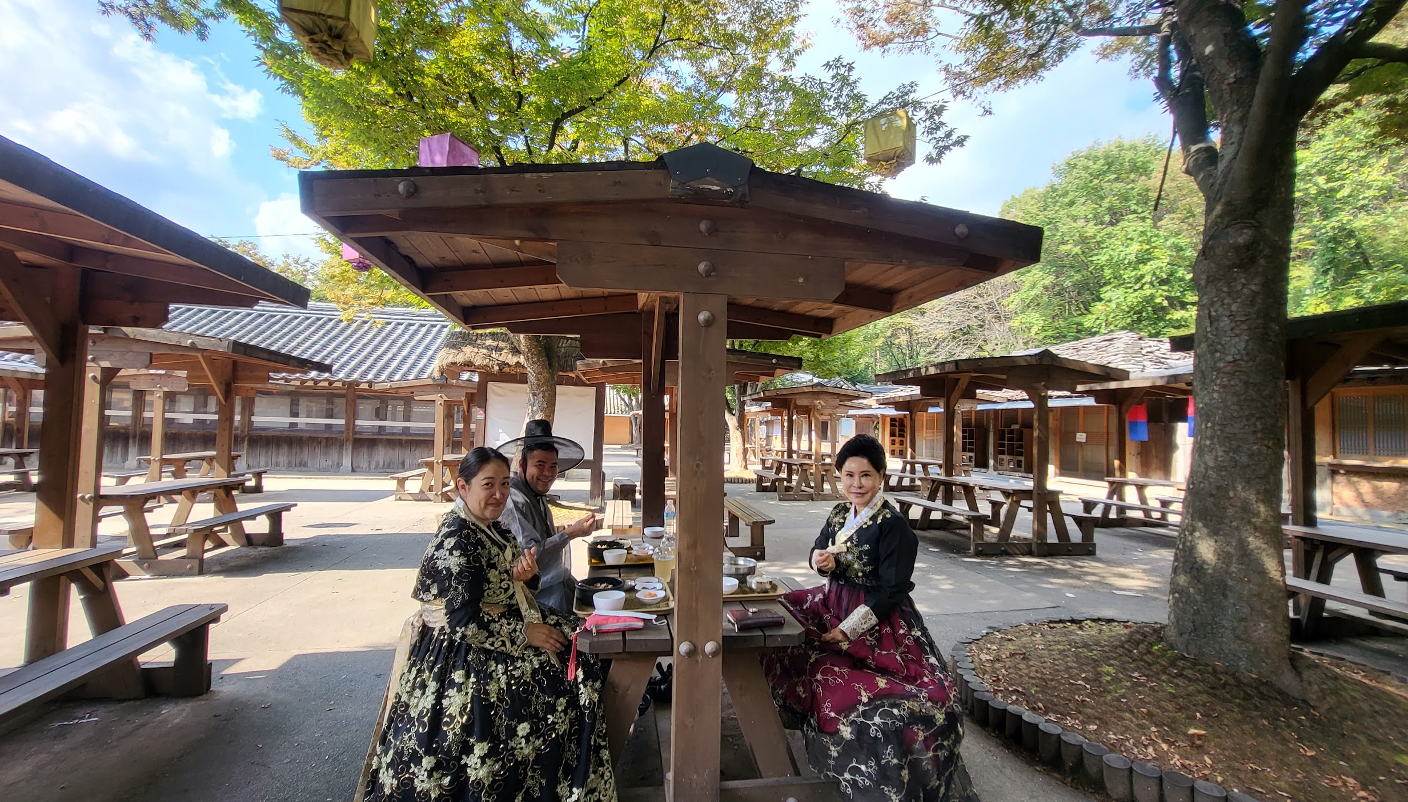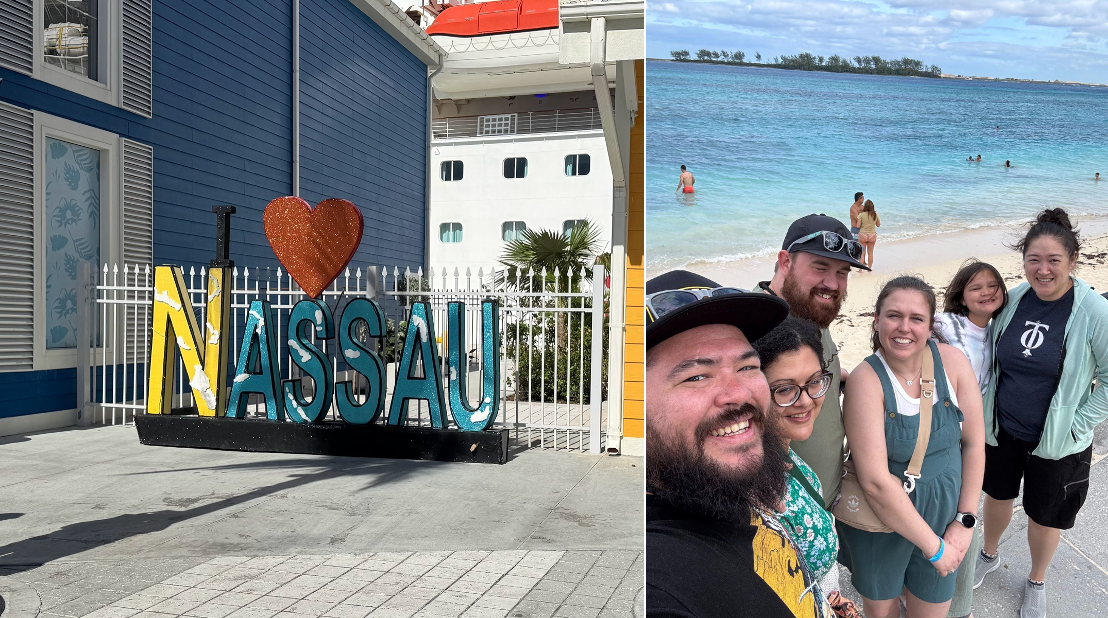What Is Intentional Travel? And, Why It Might Change the Way You See the World
We’ve all heard it: “Travel is the only thing you buy that makes you richer.” But in a world full of over-scheduled trips, algorithm-fed destinations, and “must-sees” that sometimes leave us feeling more exhausted than inspired, it’s worth asking - what are we really traveling for?
That’s where intentional travel comes in.
Intentional Travel Is a Mindset, Not a Trend
Intentional travel is all about making conscious, purposeful choices about how you travel. It’s not reserved for digital nomads or those meditating on mountain tops. It’s for anyone curious about seeing the world differently. At its core, it’s about slowing down, tuning into your reasons for traveling, and letting the why behind your trip shape the how.
Instead of cramming itineraries full of checklists, intentional travel invites us to approach each journey with curiosity and care. The intention you bring - whether to reconnect, rest, grow, or simply find joy - can shift your experience in profound ways. It can be the difference between coming home frazzled or returning truly refreshed. It is transformative.
How It Looks in Real Life
- Building in space for presence: Less rushing, more noticing. Allow time to breathe between experiences instead of hurrying from one landmark to another. This is within reason because sometimes time is of the essence.
- Aligning your trip with personal needs: Whether it’s connection, stillness, growth, or joy, design your itinerary to support what you really need right now.
- Engaging with culture, not just checking off sights: Try cooking with locals, wandering through markets, or attending a neighborhood festival. Real moments matter more than bragging rights.
- Allowing room for reflection: Take a journal, stroll alone at sunset, linger over meaningful dinners. Give yourself time to process the magic rather than moving on too quickly.
The Benefits of Intentional Travel
- Deeper connections: You engage more authentically with people and cultures, often returning with new perspectives and friendships.
- Greater appreciation: Being present turns ordinary moments into extraordinary memories.
- Personal growth: When you set an intention, every experience becomes an opportunity to learn and reflect.
- Lasting nourishment: Instead of returning home worn out, you come back inspired and refreshed, carrying the benefits long after your suitcase is unpacked.
Why I Believe in This
I started my travel company not because I think travel should always be restful, but because I believe it should be worth it. I don’t mind coming home tired. In fact, I usually do - but it’s the kind of tired that fills you up, not drains you. Intentional travel isn’t about doing less, it’s about making the most of what you do. Be present, open, and aligned with what excites and inspires you.
For me, the most unforgettable moments weren’t necessarily slow or quiet. They were immersive: learning to make pasta with a grandmother in Italy, having real conversations with artisans in Morocco, or watching the sunrise in stillness after a long hike. What made them meaningful wasn’t perfection - it was intention. And that’s what I want to help others find too.
Ready to Travel with Intention?
If this resonates with you, you’re not alone. More and more travelers are craving meaning over movement, experience over exhaustion. Intentional travel is about crafting journeys that feel like an exhale. Take a chance to reset, reconnect, and write a new chapter in your own story.
So whether you’re craving adventure, seeking rest, or looking to discover something new about yourself, I’m here to help you plan a trip that truly feels like you. Let’s create journeys that nourish, inspire, and connect. The kind you’ll always remember and the kind that just might change the way you see the world.
